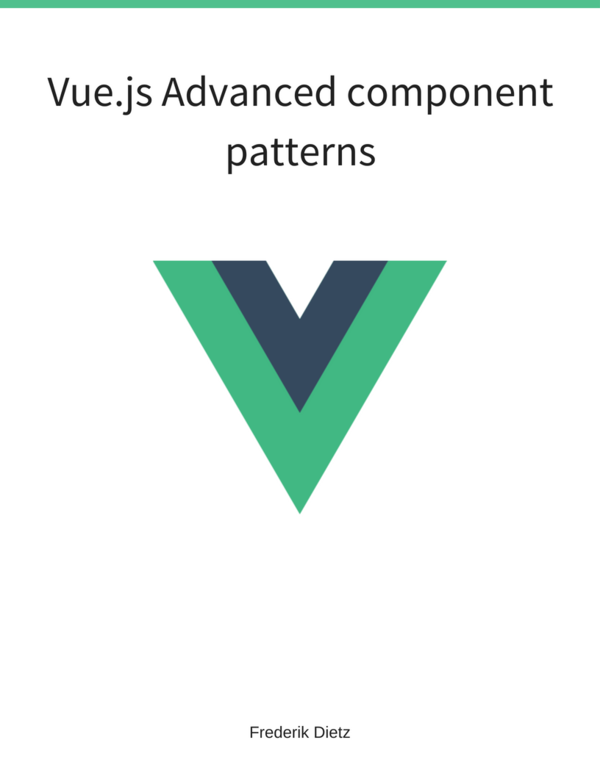Implementing a Basic Form
Problem
You wish to create a form to enter user details and capture this information in an Angular.js scope.
Solution
Use the standard form tag and the ng-model directive to implement a basic form:
<body ng-app="MyApp">
<div ng-controller="User">
<form ng-submit="submit()" class="form-horizontal" novalidate>
<label>Firstname</label>
<input type="text" ng-model="user.firstname"/>
<label>Lastname</label>
<input type="text" ng-model="user.lastname"/>
<label>Age</label>
<input type="text" ng-model="user.age"/>
<button class="btn">Submit</button>
</form>
</div>
</body>The novalidate attribute disables the HTML5 validations, which are client-side validations supports by modern browsers. In our example we only want the Angular.js validations running to have complete control over the look and feel.
The controller binds the form data to your user model and implements the submit() function:
var app = angular.module("MyApp", []);
app.controller("User", function($scope) {
$scope.user = {};
$scope.wasSubmitted = false;
$scope.submit = function() {
$scope.wasSubmitted = true;
};
});You can find the complete example on github.
Discussion
The initial idea when using forms would be to implement them in the traditional way by serialising the form data and submit it to the server. Instead we use ng-model to bind the form to our model, something we have been doing a lot already in previous recipes.
The submit button state is reflected in our wasSubmitted scope variable, but no submit to the server was actually done. The default behavior in Angular.js forms is to prevent the default action since we do not want to reload the whole page. We want to handle the submission in an application-specific way. In fact there is even more going on in the background and we are going to look into the behavior of the form or ng-form directive in the next recipe.
